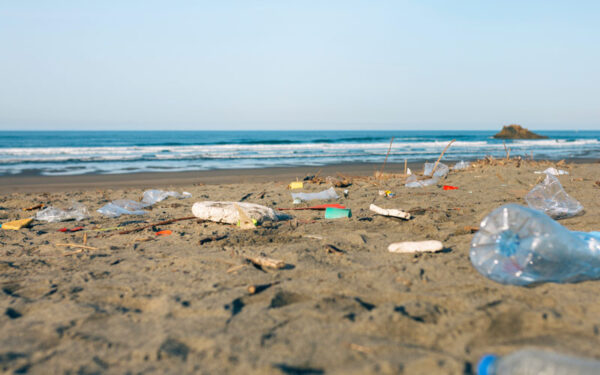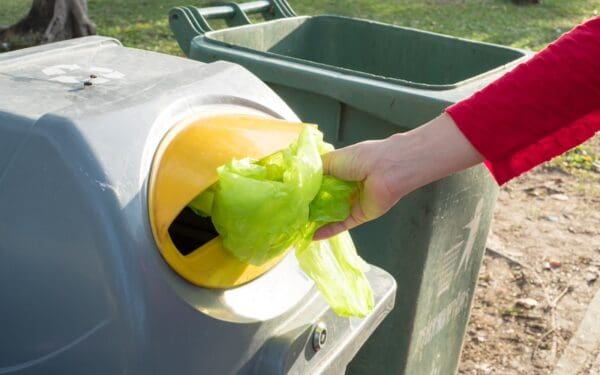Waste Facilities Poison Our Communities and Environment
Our waste disposal systems can’t handle the volume of trash produced every day. Plus, they harm our communities and environment. All landfills can leak toxics into our air and water. And incinerators release climate-damaging emissions that negatively impact our health. Yet New England has no plan to address these problems.
CLF in Action
CLF is working to change the way New England deals with waste. Safer, healthier alternatives exist, and we owe it to our communities to put them into practice.
Throughout the region, CLF is fighting to keep landfills from expanding, incinerators from operating, and new facilities from being built. In 2021, we helped stop one of Massachusetts’ most dangerous landfills – the Wheelabrator Saugus Ash Landfill – from expanding. That same year, we helped Rhode Island pass a bill that protects communities from the known risks of burning medical waste with dangerous high-heat technologies.
While these wins are huge steps forward, there’s a lot more work to be done to fully phase out our polluting trash systems.
What’s at Stake
Household trash is often ignored once the garbage truck pulls away from the curb. But we cannot afford to ignore its harm to our communities, environment, and climate. These impacts are felt most acutely by the environmental justice communities that host more than their fair share of New England’s landfills and waste incinerators. Landfills in places like Southbridge, Massachusetts, have contaminated the water that residents use to drink, cook, and bathe their children. And incinerators in areas like Hartford, Connecticut, poison the air that community members breathe.
Landfills and waste incinerators are dangerous and unsustainable. Plus, both release harmful, climate-damaging emissions that worsen the climate crisis. But we have solutions. Communities like Nantucket have shown us that creative programs can dramatically decrease the amount of waste we send to these facilities. Innovative solutions have the potential to provide health, environmental, and economic benefits. By reusing more materials, we can minimize the need for virgin materials, decrease our energy consumption, reduce climate-damaging emissions, and help create new green industries and jobs.




